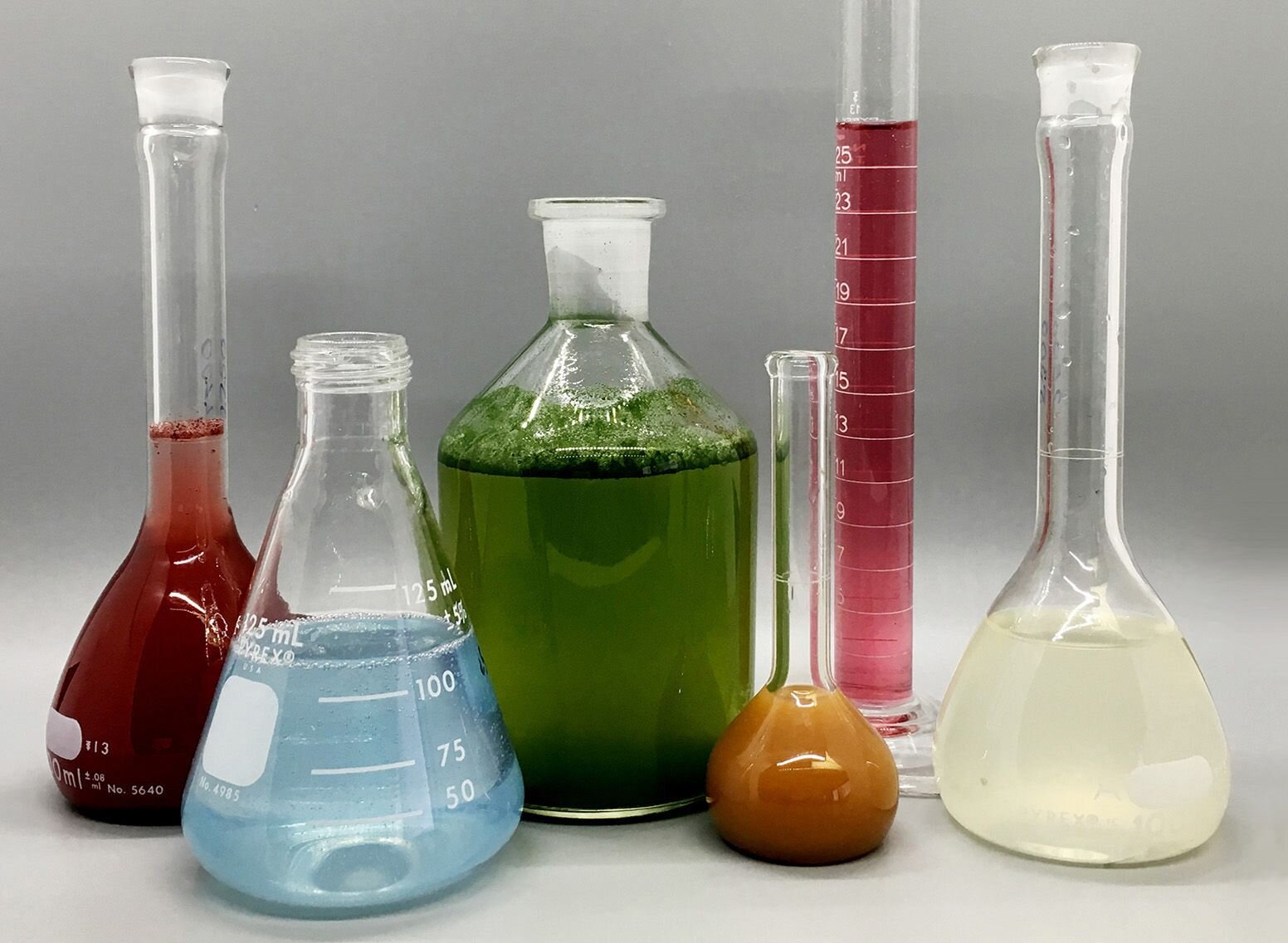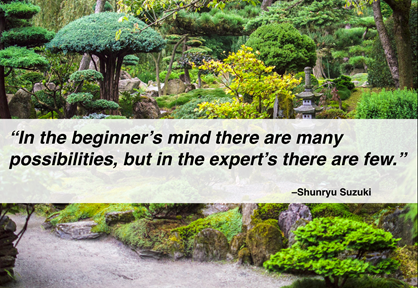Uv/vis/nir for Beginners
See This Report on Circularly Polarized Luminescence
Table of ContentsCircularly Polarized Luminescence Can Be Fun For AnyoneCircularly Polarized Luminescence Fundamentals ExplainedCircular Dichroism for DummiesThe Definitive Guide to Circularly Polarized LuminescenceThe Best Guide To Spectrophotometers

Although spectrophotometry is most frequently applied to ultraviolet, noticeable, and infrared radiation, modern-day spectrophotometers can interrogate large swaths of the electro-magnetic spectrum, including x-ray, ultraviolet, noticeable, infrared, and/or microwave wavelengths. Spectrophotometry is a tool that hinges on the quantitative analysis of particles depending upon how much light is absorbed by colored compounds.
All About Spectrophotometers
A spectrophotometer is frequently utilized for the measurement of transmittance or reflectance of services, transparent or opaque solids, such as polished glass, or gases. Although lots of biochemicals are colored, as in, they absorb noticeable light and for that reason can be determined by colorimetric procedures, even colorless biochemicals can frequently be converted to colored compounds ideal for chromogenic color-forming reactions to yield compounds appropriate for colorimetric analysis.: 65 However, they can also be designed to determine the diffusivity on any of the listed light ranges that usually cover around 2002500 nm using different controls and calibrations.
An example of an experiment in which spectrophotometry is utilized is the determination of the balance constant of a solution. A particular chemical response within a solution might happen in a forward and reverse direction, where reactants form products and items break down into reactants. Eventually, this chain reaction will reach a point of balance called a stability point.
A Biased View of Circular Dichroism
The amount of light that goes through the service is a sign of the concentration of particular chemicals that do not allow light to go through. The absorption of light is due to the interaction of light with the electronic and vibrational modes of particles. Each type of particle has a specific set of energy levels associated with the makeup of its chemical bonds and nuclei and hence will take in light of specific wavelengths, or energies, leading to special spectral homes.
They are extensively utilized in many industries consisting of semiconductors, laser and optical production, printing and forensic assessment, as well as in laboratories for the research study of chemical compounds. Spectrophotometry is frequently used in measurements of enzyme activities, determinations of protein concentrations, determinations of enzymatic kinetic constants, and measurements of ligand binding reactions.: 65 click here for more info Ultimately, a spectrophotometer is able to determine, depending on the control or calibration, what substances are present in a target and exactly how much through computations of observed wavelengths.
This would come as an option to the previously created spectrophotometers which were unable to take in the ultraviolet properly.
How Circular Dichroism can Save You Time, Stress, and Money.
It would be found that this did not give satisfying results, therefore in Design B, there was a shift from a glass to a quartz prism which enabled much better absorbance results - spectrophotometers (https://www.bitchute.com/channel/ZeGQl0AaiFBC/). From there, Model C was born with an adjustment to the wavelength resolution which ended up having 3 systems of it produced
It was produced from 1941 to 1976 where the cost for it in 1941 was US$723 (far-UV devices were an alternative at extra cost). In the words of Nobel chemistry laureate Bruce Merrifield, it was "most likely the most crucial instrument ever developed towards the advancement of bioscience." Once it became ceased in 1976, Hewlett-Packard created the first commercially available diode-array spectrophotometer in 1979 called the HP 8450A. It irradiates the sample with polychromatic light which the sample absorbs depending on its properties. It is transmitted back by grating the photodiode array which discovers the wavelength region of the spectrum. Ever since, the production and application of spectrophotometry gadgets has increased exceptionally and has actually turned into one of the most ingenious instruments of our time.

The Best Guide To Uv/vis/nir
Historically, spectrophotometers utilize a monochromator consisting of a diffraction grating to produce the analytical spectrum. The grating can either be movable or fixed. If a single detector, such as a photomultiplier tube or photodiode is used, the grating can be scanned stepwise (scanning spectrophotometer) so that the detector can determine the light intensity at each wavelength (which will correspond to each "action").
In such systems, the grating is fixed and the strength of each wavelength of light is determined by a different detector in the variety. Furthermore, most modern-day mid-infrared spectrophotometers use a Fourier change method to acquire the spectral information - https://www.slideshare.net/julieanndesalorenz30. This method is called Fourier transform infrared spectroscopy. When making transmission measurements, the spectrophotometer quantitatively compares the fraction of light that travels through a referral service and a test option, then digitally compares the strengths of the 2 signals and computes the percentage of transmission of the sample compared to the referral standard.
